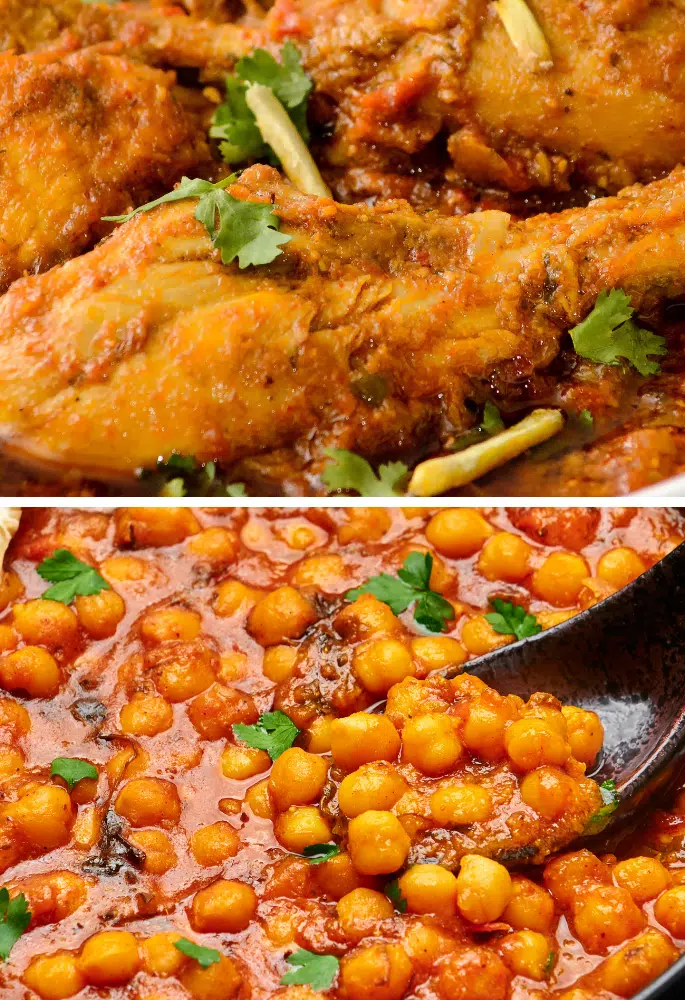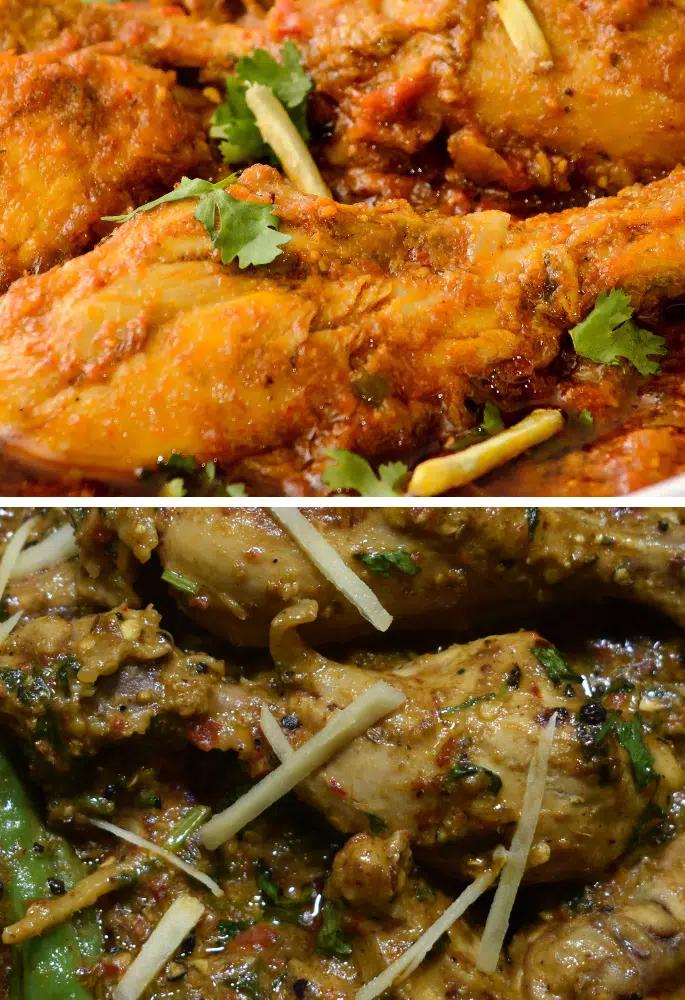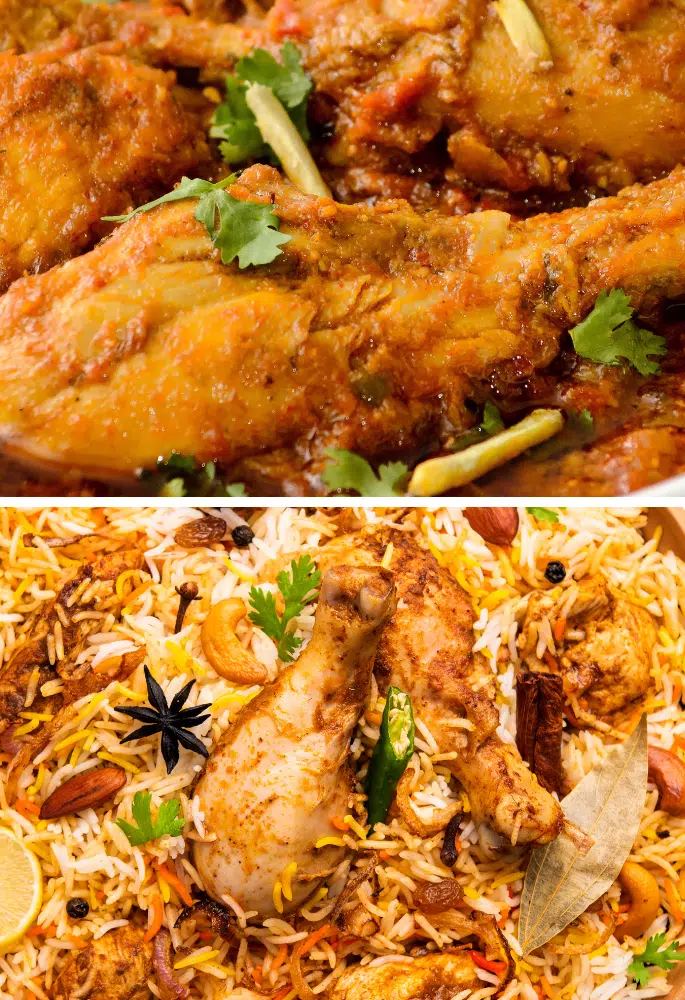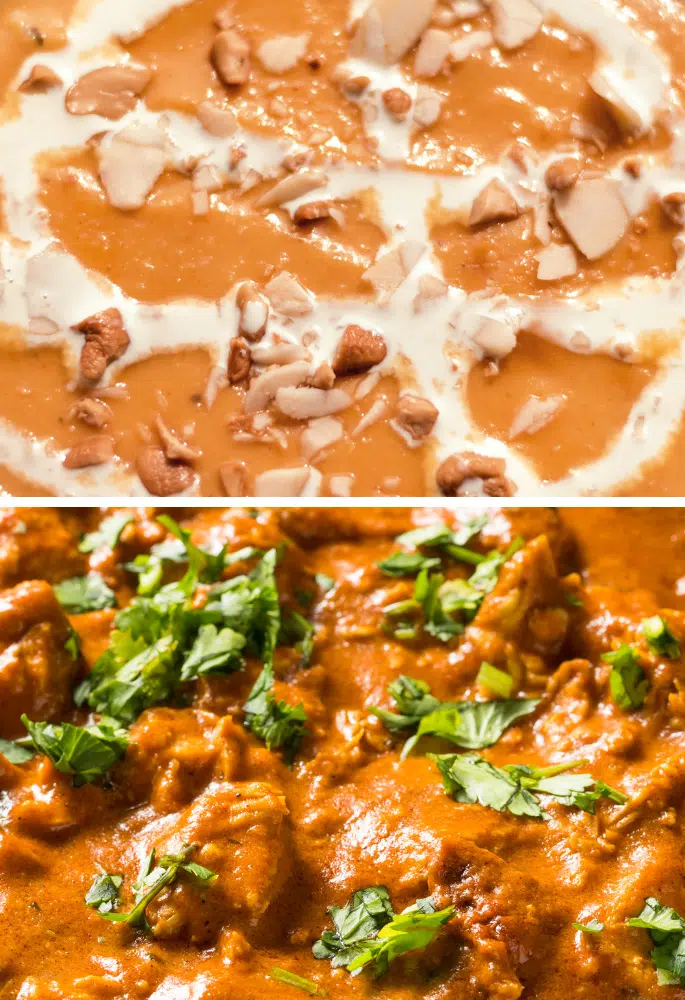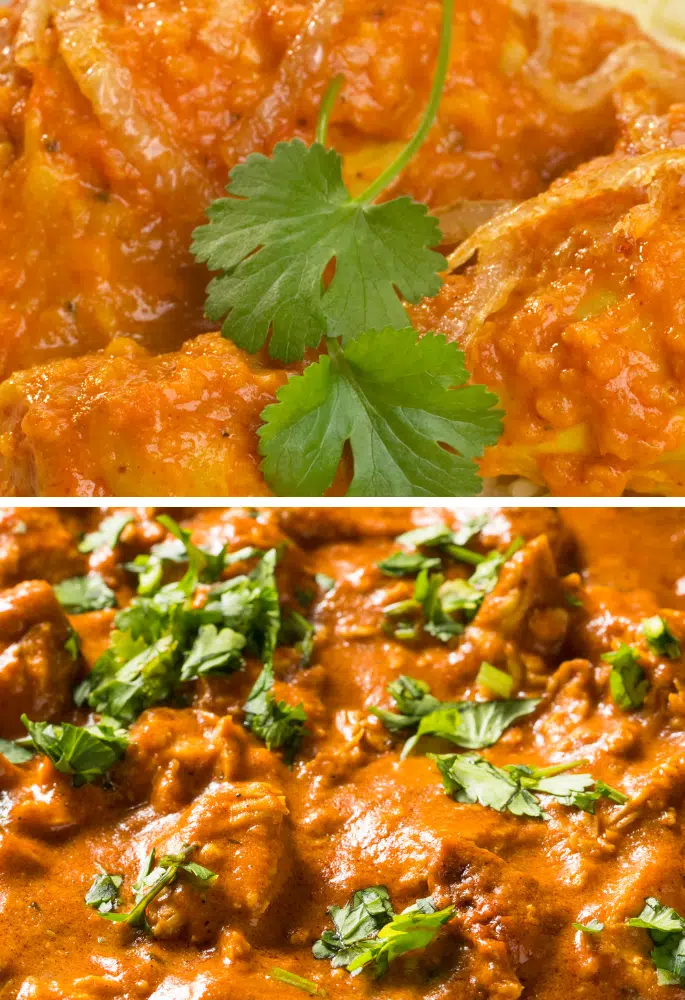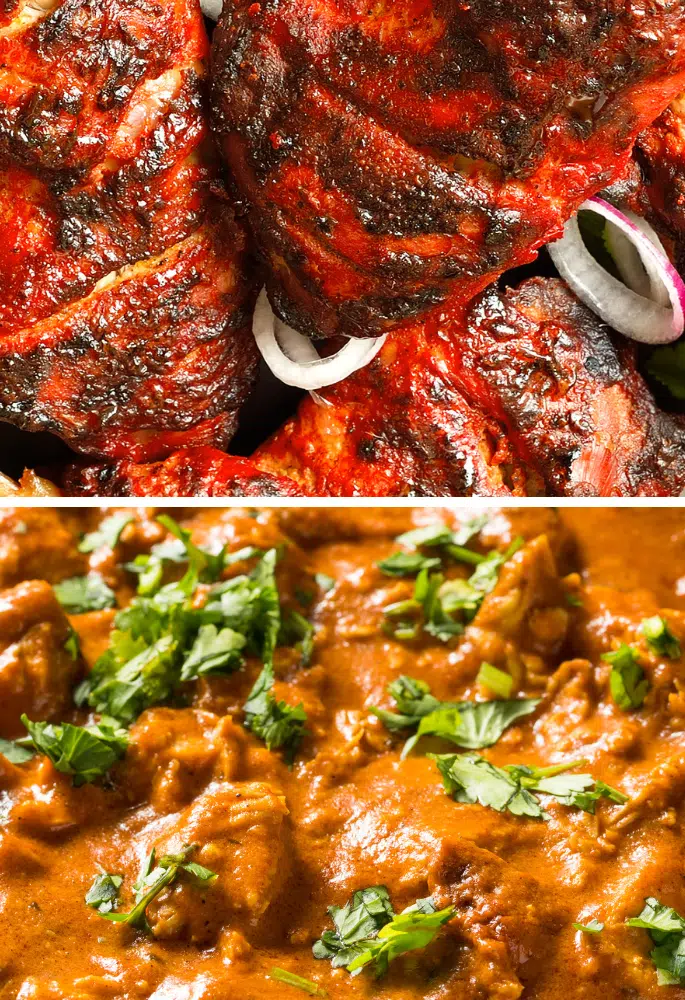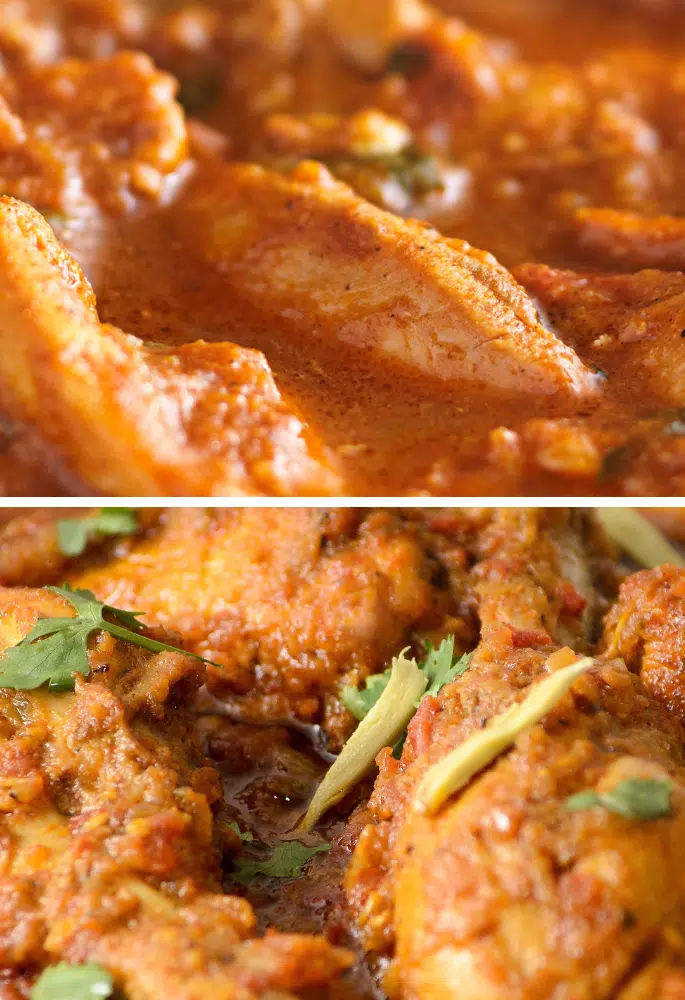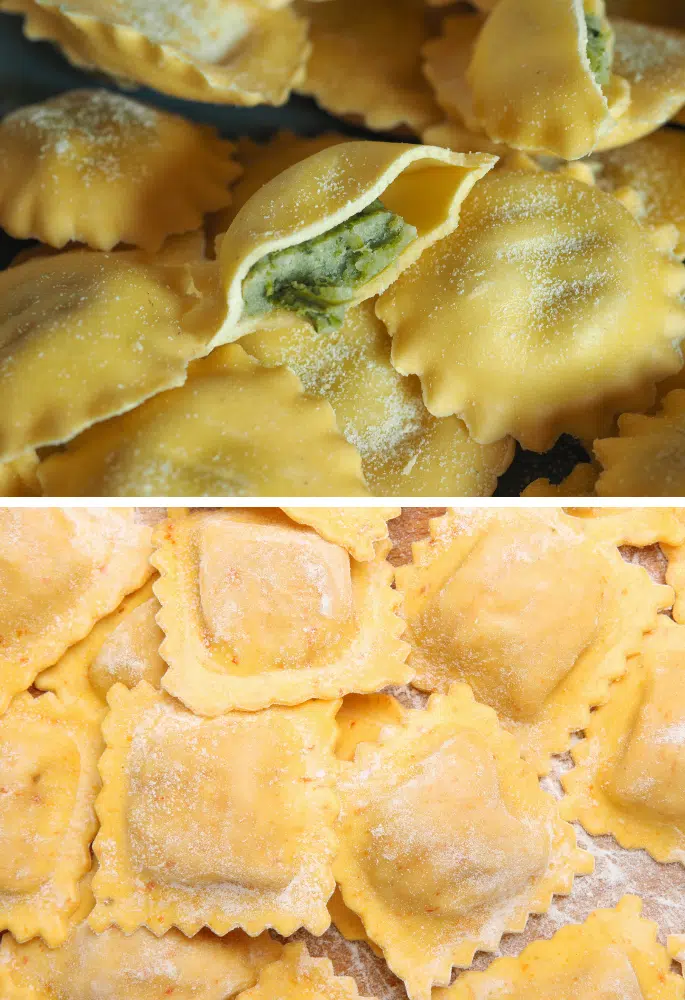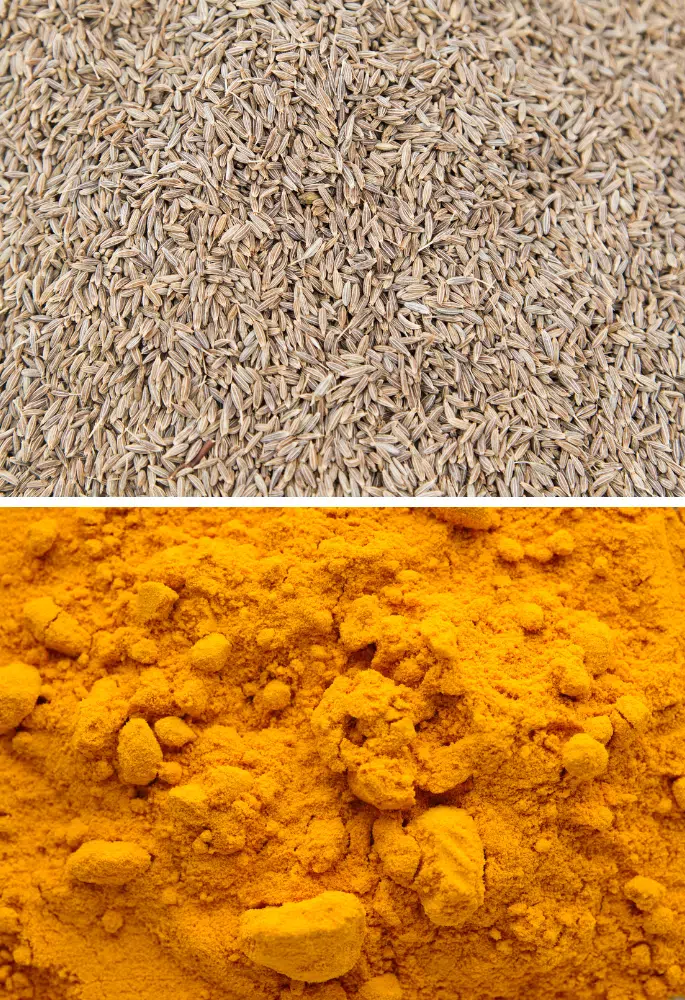Asia has been the source of so many dish-changing recipes, sauces, and ingredients it can be hard to remember how each ingredient will impact your dish. However, suppose you are trying to become more familiar with the array of Asian ingredients available, then you should know the difference between two of Asia’s most popular spice pastes: Doubanjiang and gochujang.
In most recipes, doubanjiang and gochujang are used in similar ways. But how terrible would it be for your dish if you swapped out one of the pastes for the other?
Doubanjiang and gochujang both provide spicey hits to any meal. However, doubanjiang balances out that spiciness with savoury flavours, while gochujang uses sweeter flavours to provide a similar balance.
What is Doubanjiang?
Doubanjiang is known by many names – broad bean chilli sauce, chilli bean paste, even just simply douban. But no matter its name, doubanjiang is known to be the very soul of Sichuan cuisine.
The chilli bean paste is used all over China and there are variations of the paste all over South East Asia.
Spicy and savoury remain the core flavours of doubanjiang, fitting right in with the spice-centric Sichuan cuisine.
Fermented soybean and broad beans provide doubanjiang with its strong umami flavour, very much like soy sauce. The use of two types of fermented beans creates a complex umami flavour that serves to elevate the right dishes.
There are two types of doubanjiang, but the spicy, chilli-ridden version is the most used. It is from chillies that doubanjiang gets its colour – from bright red to deep red or brown.
The varieties of spices and chillies used to flavour doubanjiang differ from brand to brand, but it is usually red chilli peppers, ginger, and Szechuan peppercorns that give the paste its flavour. Ample salt is also used to emphasize the savoury taste of the paste, creating a harmonious spicy-salty combo.
Because doubanjiang is so savoury, it is better used as a marinade for meats or tofu. This still allows the flavour to shine through without completely overwhelming the dish.
What is Gochujang?
One of Korea’s most well-known condiments, gochujang provides a spicy hit in the form of a paste, though its flavour is more complex than your typical spicy condiment.
Gochujang is made using a base of soybeans. The fresh soybeans are mixed with a liberal amount of glutinous rice, salt, and chilli pepper flakes (known as gochugaru) and then left to ferment for years. The natural sweetness of the glutinous rice is broken down over time, mixing with the soybeans, which convert into an umami-loaded paste.
What is left after years of fermenting is a sweet umami paste. Long-lasting heat from the chilli pepper flakes round it out, making it an excellent pairing for a range of meat-based dishes and sauces.
Because the gochujang is left to ferment for so long, the individual characteristics of its flavour profile develop into a very strong result. While gochujang is commonly used as table confinement in moderation, it is best added to your dish early in the cooking process so that it is given time to incorporate.
Gochujang can be overwhelming, but less because of its spiciness and more because of the type of spiciness. Standard gochujang is no hotter than tabasco, but it will feel a lot more aggressive.

Differences Between Doubanjiang and Gochujang
Okay, so if there are so many similarities between doubanjiang and gochujang, can’t the two pastes be substituted for each other? Well, not really. Their differences are just as significant as their similarities, such as:
- Place Of Origin – Doubanjiang is a classic Sichuan paste, purposely incorporated into most of Sichuan cuisine and used across China. Gochujang is doubanjiang’s Korean counterpart, created and used in Korean cooking.
- Sweet Vs Savoury – Despite doubanjiang and gochujang using the same base ingredient (soybeans) and having the same base flavours (umami with complementary saltiness), that is where the similarities in their flavours end.
Doubanjiang diverts into a much more savoury spice combination through the use of ginger and red chilli peppers. Gochujang mixes glutinous rice with the soybeans before they begin to ferment, making the sweetness of the paste just as evident as the umami flavours. - Choice Of Spice – Gochujang is the most diverse when it comes to level of spice as it uses red chilli flakes as its heat. The chilli peppers used for chilli flakes can vary but are generally less spicy once they are made into flakes, making it easier to control how hot the gochujang gets.
Doubanjan typically uses a range of spices and red chilli peppers for its heat, which generally makes it hotter than gochujang.
Similarities Between Doubanjiang and Gochujang
There is a reason (or several) those outside of Asia may get doubanjiang and gochujang confused for one another. Such as:
- Hot Hot Hot! – Doubanjiang is well-known throughout South East Asia because of its spiciness, as is gochujang. Both ingredients are classed and sold as spicy pastes with a heat level hot enough to leave a tingle on your tongue.
- Soy Bases – At the core of doubanjiang and gochujang is a soybean paste. Though the pastes diverge as other ingredients are added, both pastes get their strong umami flavours from fermented soybeans which form the paste over time.
- Complexity – Due to the strong umami flavour of doubanjiang and gochujang as well as the use of salt to help emphasise this umami, no matter which paste you choose to use, your dish will be easily elevated. The umami flavour alone is deep and complex, made more so by the added ingredients of the pastes.
- Similar Aesthetic – One of the main reasons that people get doubanjiang and gochujang confused is how similar they look when placed next to each other. For the most part, both pastes are thick and deep red.
Doubanjiang vs Gochujang: Which Wins?
Are you ready to place your vote? It’s time to decide which chilli paste wins between doubanjiang vs gochujang:
Do You Prefer Doubanjiang or Gochujang?
Doubanjiang and Gochujang FAQs
Do you still have questions about doubanjiang or gochujang? Then check these FAQs out:
No, you cannot swap doubanjiang for gochujang. They might both be hot and spicy but doubanjiang is far more savoury than gochujang which is much sweeter.
Although it could be eaten raw or as a condiment, this is rarely how it is used. Instead, it is better used a marinade.
When eaten raw, gochujang is very intense so it’s not the best idea. It can be stirred into sauces and eaten raw or used in cooking.
Acacia may be a freelance writer by day, but they are a food fanatic by night. They are always trying out new recipes or finding different ways to elevate classical dishes. But their biggest culinary aim is to educate others on the basics of the kitchen so that they too can enjoy delicious food.


